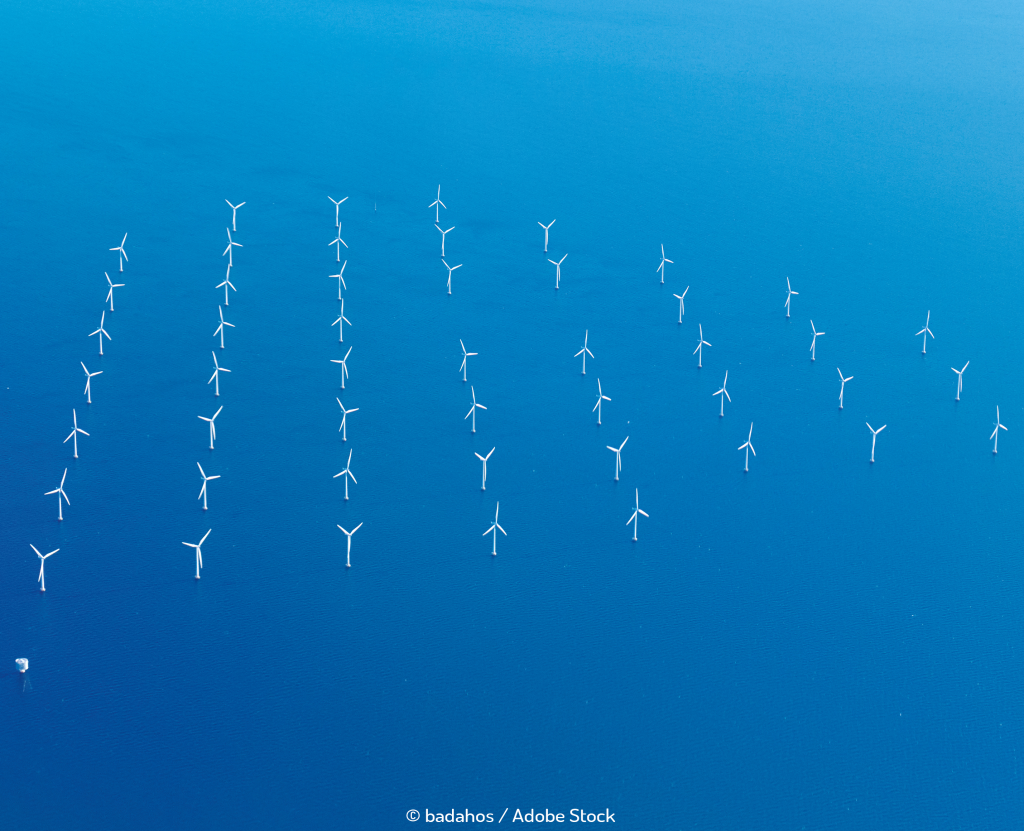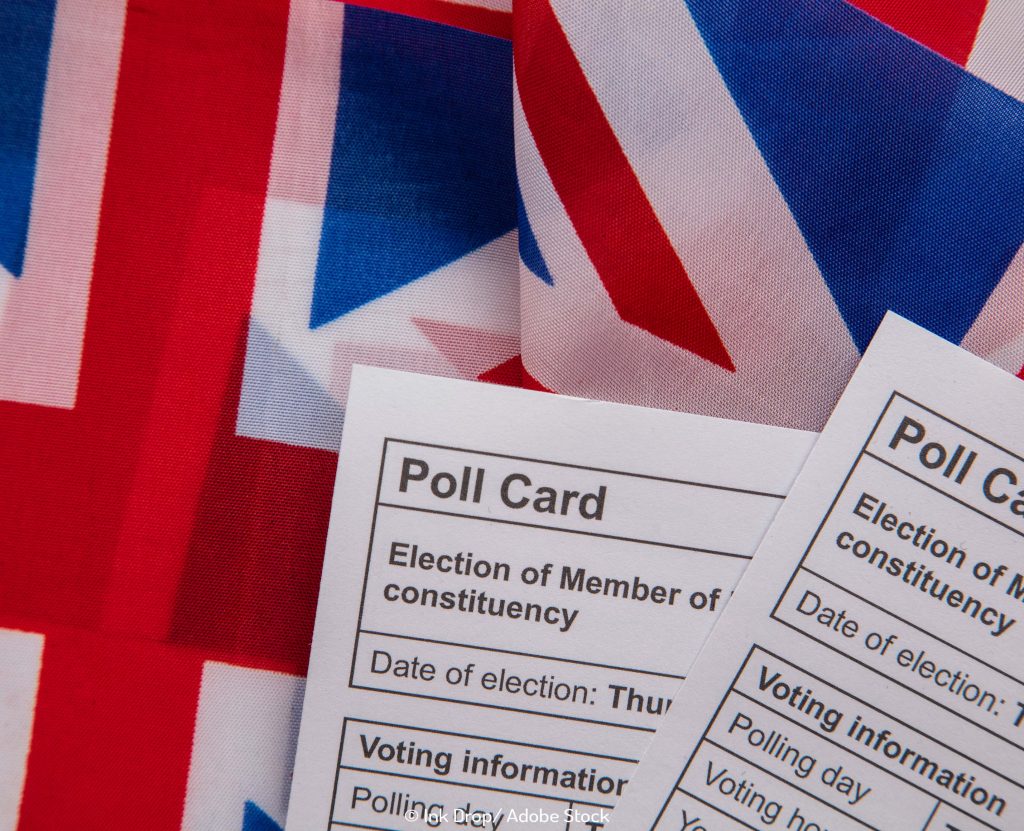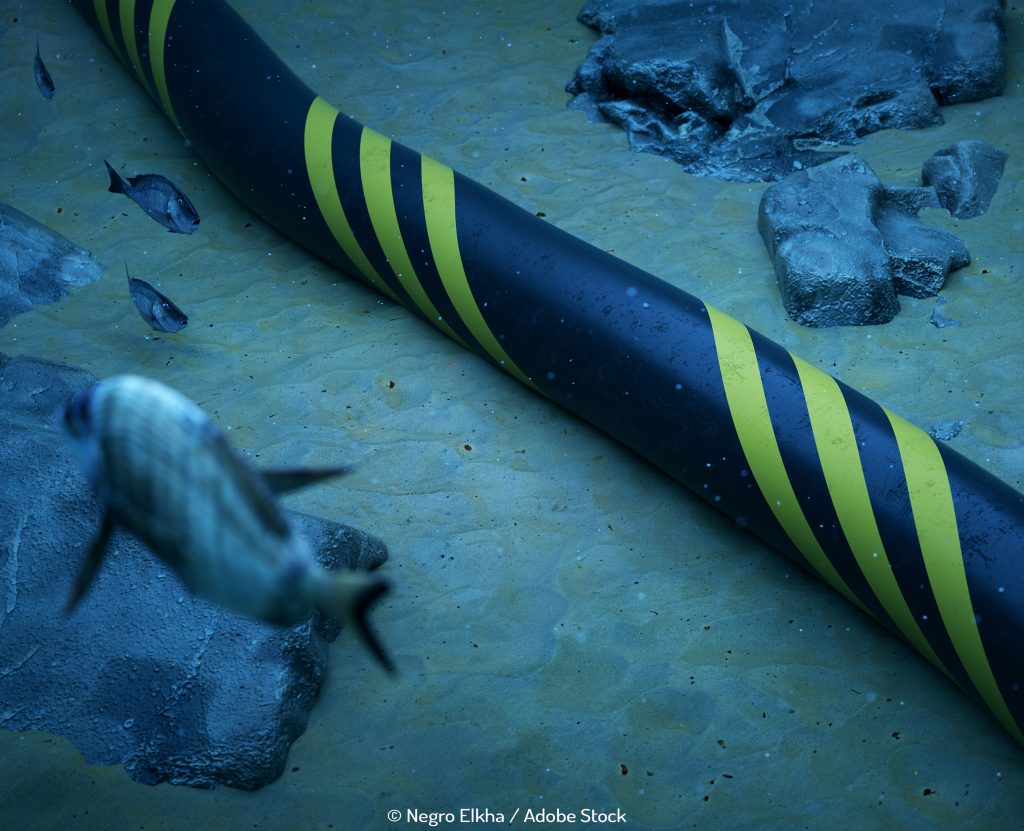
The offshore winds of change are blowing across Europe, here’s our European news roundup
All across Europe countries are pushing offshore wind projects like never before. Fuelled by EU targets of 60 GW of offshore installed capacity by 2030 and 300 GW by 2050. There are now over 5,000 offshore turbines in the waters around Europe split between 12 countries and producing 25 GW of power. This includes an increase of 2.9 GW in 2020 alone.
The Mediterranean will undoubtedly be a hotspot in the coming years as investors are turning their focus to Spain and Portugal and the possibilities of floating turbines. As floating wind moves closer to full scale commercialisation, the deeper waters of the Mediterranean offer rich possibilities. Iberdrola, the Spanish utility company, is currently planning 300MW floating farm and is heavily involved in research to reduce the levelized cost of energy (LCOE) for European floating wind to 40-60 Euro’s per MWh by 2030.
Spain is a leading provider of onshore wind power, with an installed capacity of 27 GW. But as yet, they have no commercial offshore wind assets. The realisation of the first offshore turbines took another step as the Spanish government closed the consultation period for their Offshore Wind Roadmap. The draft roadmap includes a 3 GW offshore wind target for 2030. Spain has identified five areas around its coastline, the north and south Atlantic regions, two along its Mediterranean coast and the area surrounding the Canary Islands. It is expected that the Canary Islands may become an offshore hub, as a number of prototypes have been tested in this region.
As the fixed offshore market matures, major component replacement (MCR) will become a much greater focus and according to a new report by Wood Mackenzie, will cost Europe 3.9 billion euros by 2030. According to the report, 1.8 GW of global offshore capacity had been operating for 10 years or more at the end of 2020. This figure is set to rise to over 20 GW by 2030. Currently, the costs for Jack-up vessels (JUVs) make up almost half of the cost for MCR. While 2020 was a historically bad year for JUV operators, Wood Mackenzie expects this to change in the coming years.
A newly formed alliance of foundation manufacturers, the Offshore Wind Foundation Alliance, is pooling European knowledge on offshore foundations with the aim of boosting quality and sustainability standards and gaining a greater voice within EU legislative circles. The five members of the alliance, Bladt Industries of Denmark, EEW Special Pipe Constructions of Germany, SIF Netherlands, Smulders Projects Belgium and Steelwind Nordenham of Germany represent a formidable knowledge base of offshore foundation engineering.
In the summer of 2020, Denmark’s parliament approved the first steps in their ‘energy island’ program for the building of two offshore energy hubs of 5 GW each by 2030. Recently, Niras and Rambøll, two European engineering consultancies, were awarded a contract for environmental studies for the two islands. Niras will monitor and analyse marine life and the environment for the planned North Sea island, while Rambøll will study the Baltic Sea site.
In Lithuania, offshore wind planning is increasing with the request from the authorities for input to the procurement of their seabed analysis and weather measurement services. The resulting data will form the basis of the Lithuanian offshore wind tender plans currently scheduled for 2023.
So, while COVID disruptions and delays have defined the past year, the European offshore wind market is still bullish and set for unprecedented growth in the next decade.


